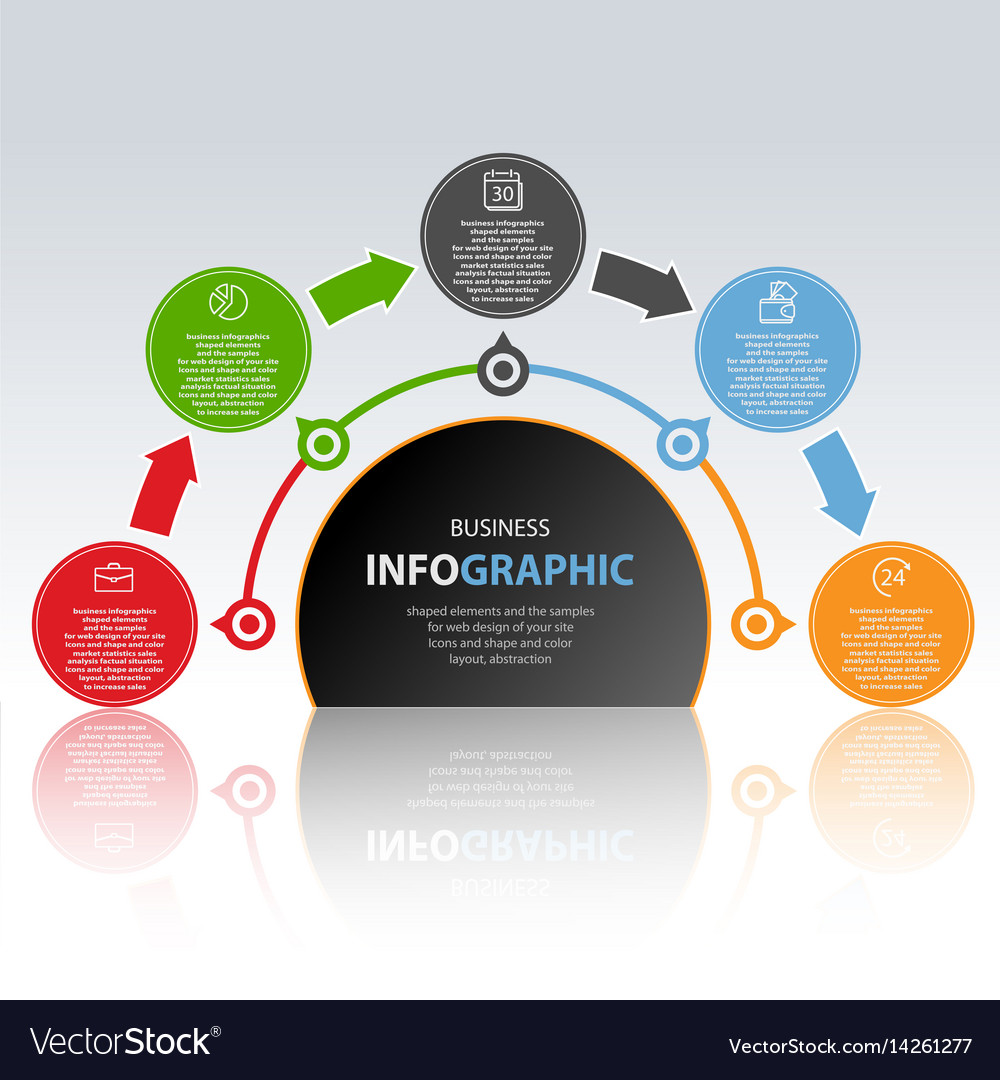Short Article By-Hartley Stender
In the past, sites were basic and concentrated on info. Navigating was straight, and style was for desktop computers. Currently, user experience is key. Information overviews layouts for easy navigating. Receptive layouts fit various devices. Today, dark mode reduces stress, and minimal menus improve navigation. Interactive features involve individuals, and bold visuals attract attention. AI assimilation improves engagement. See just how layout has actually advanced to boost your online trip.
Very Early Days of Website Design
In the very early days of web design, simpleness reigned supreme. Websites were basic, with limited colors, fonts, and layouts. The focus got on giving information as opposed to fancy visuals. Customers accessed the net with sluggish dial-up connections, so rate and performance were key.
Navigation menus were straightforward, commonly located on top or side of the page. Sites were made for home computer, as mobile browsing had not been yet widespread. Material was king, and designers prioritized simple readability over complex design elements.
HTML was the main coding language used, and developers needed to function within its restrictions. Animations and interactive features were minimal contrasted to today's requirements. Websites were static, with little vibrant content or individualized customer experiences.
Surge of User-Focused Style
With the advancement of website style, a change towards user-focused style concepts has become progressively popular.
linked internet site , creating sites that prioritize individual experience is vital for involving visitors and attaining company objectives. User-focused layout involves understanding the requirements, preferences, and habits of your target audience to tailor the site's layout, material, and features accordingly.
Developers currently carry out complete study, such as individual surveys and use screening, to gather understandings and responses straight from customers. This data-driven method helps in producing user-friendly navigating, clear calls-to-action, and visually enticing user interfaces that resonate with visitors. By placing the customer at the facility of the layout process, web sites can deliver a much more personalized and satisfying experience.
Responsive layout has additionally become a key element of user-focused design, ensuring that internet sites are maximized for different devices and screen sizes. This versatility boosts ease of access and use, catering to the varied methods users communicate with internet sites today. In essence, the increase of user-focused style represents a shift towards developing electronic experiences that prioritize the requirements and assumptions of completion customer.
Modern Trends in Web Design
Discover the current fads shaping web design today. One popular fad is dark mode design, using a streamlined and modern-day appearance while reducing eye stress in low-light environments. Another key pattern is minimal navigation, streamlining menus and boosting customer experience by focusing on essential elements. Incorporating micro-interactions, such as computer animated buttons or scrolling results, can create a much more engaging and interactive internet site. Responsive layout remains crucial, ensuring seamless individual experiences across various gadgets. Furthermore, using bold typography and unbalanced formats can include aesthetic rate of interest and accentuate specific web content.
Integrating AI modern technology, like chatbots for consumer assistance or tailored suggestions, enhances customer engagement and enhances processes. Access has also become a considerable trend, with designers prioritizing comprehensive design methods to deal with varied customer needs. Welcoming sustainability by optimizing site performance for rate and efficiency is one more arising trend in website design. Working together with individual responses and data analytics to repeat and improve layout constantly is crucial for staying appropriate in the ever-evolving electronic landscape. By embracing these contemporary patterns, you can develop an aesthetically attractive, user-friendly web site that resonates with your audience.
Conclusion
As you reflect on the development of site design from the early days to now, you can see how user-focused design has actually ended up being the driving pressure behind modern-day patterns.
Embrace the journey of modification and adaptation in website design, constantly maintaining the user experience at the forefront.
Stay current with the most recent fads and innovations, and never stop progressing your strategy to produce visually magnificent and easy to use web sites.
Advance, adapt, and produce - the future of web design is in your hands.

UNDER MAINTENANCE
